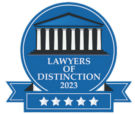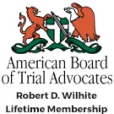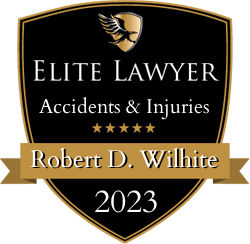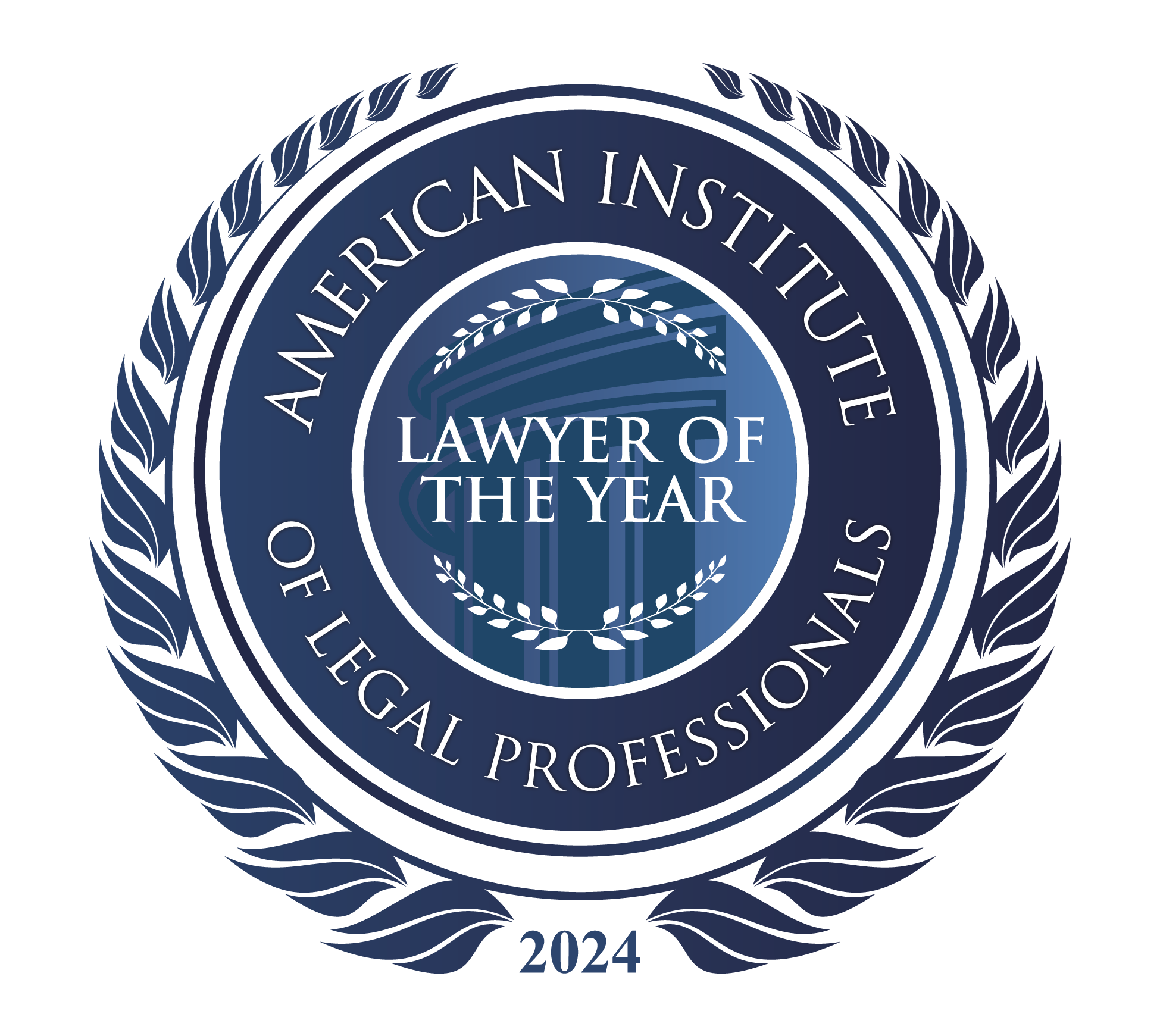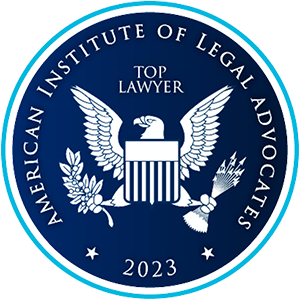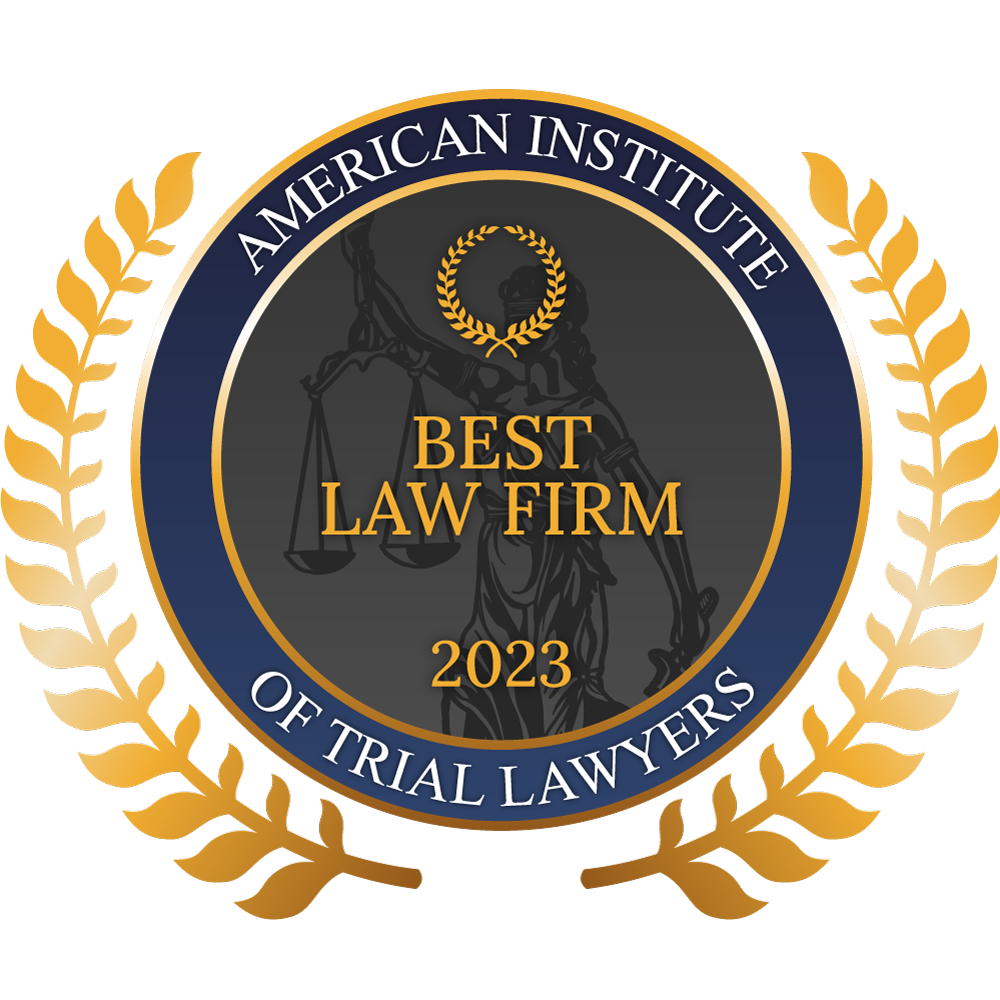
Driving can be stressful enough without any unexpected circumstances. Traffic lights can lose power for various reasons, but the standard for dealing with them is the same.
When traffic lights are out, act as you would at a stop sign. Bring the vehicle to a complete stop and pay attention to the flow of traffic. Watch for pedestrians and proceed cautiously when it is your turn.
What Is the General Rule When Traffic Lights Are Out at an Intersection?
Drivers should treat an intersection without traffic lights like a stop sign. The general rule for this process is:
- Stop completely at the stop line or before entering the intersection.
- Look for approaching cars or those already at the intersection. Be sure to also look for any pedestrians or bicyclists.
- The vehicle that arrives first has the right-of-way. If two vehicles arrive simultaneously, the one on the right goes first.
- Proceed cautiously through the intersection when it is your turn.
What Are the Right-of-Way Rules at an Intersection?
In most situations, the first car to stop at an intersection has the right-of-way, unless a traffic sign requires it to yield to others. If two cars arrive simultaneously at an intersection, the vehicle on the left allows the vehicle on the right to pass through first. Cars traveling straight through the intersection have the right-of-way before drivers making a turn.
If I Am the First at the Intersection, Do I Have the Right-of-Way?
If you reach a traffic-controlled intersection first with no other vehicles in sight, you may proceed after you make a complete stop. This rule extends to both three-way and four-way stops. If other vehicles are already at the intersection or arrive together, follow the rules of determining the right-of-way.
What Should I Do If the Signal Is Flashing?
A flashing signal requires a few different actions, depending on the color. Here are some guidelines:
- A flashing red signal means you treat the lights like a stop sign.
- A flashing yellow light is treated like a yield sign. There’s no requirement to stop for flashing yellow lights before driving through the intersection. However, it may be helpful depending on the traffic pattern and the presence of other drivers.
- Take your time when dealing with flashing traffic signals. Other drivers might be confused, so proceed with caution.
Is It Okay to Let Another Driver Go First If I Am Unsure If I Should Go?
It is okay to let another driver go if you’re unsure if you have the right-of-way or even if it’s your turn. Paying attention to other drivers and the traffic pattern is a good defensive driving technique that could prevent a potential car crash, especially when traffic lights are out at an intersection.
What Types of Accidents Occur Most Frequently at Intersections?
According to the Federal Highway Administration (FHA), the majority of motor vehicle accidents happen at and around intersections.
Not all drivers know what to do when traffic signals are out. Many drivers are unfamiliar with the rules for yielding the right-of-way, increasing the likelihood of accidents such as:
- Rear-end accidents – A rear-end collision happens when one vehicle crashes into the back of the vehicle in front. This can happen on any side of an intersection with two or more cars in a lane.
- Angle collisions – Angle or “T-bone” collisions happen most frequently at intersections. According to the National Safety Council (NSC), they cause the most deaths out of all other types of motor vehicle collisions. In this type of accident, the front of one vehicle collides with the side of another, forming the shape of a “T.”
- Head-on crashes – Head-on collisions are among the most deadly types of traffic accidents because two vehicles traveling in opposite directions slam head-on into each other with nothing to mitigate the full force of impact. These crashes can occur at intersections, usually when one car turns while another travels straight through and collides in the middle of the intersection.
- Sideswipe collision – These accidents involve two vehicles in adjacent lanes colliding with each other along their sides. The cars can be traveling in either the same or opposite directions.
What Should I Do If I Am in an Accident at an Intersection?
You should receive immediate medical attention if you’ve been in a car crash at an intersection. Keep track of any treatments you might receive. Document any injuries you might have sustained and the associated pain levels. Use a pain journal to record any changes or other medical issues you experience after a car crash. Follow through with any medical attention or treatment, and keep thorough and detailed documentation of any appointments or applicable prescriptions.
Gather as much documentation as possible about the crash, as well. This can include information provided by law enforcement and first responders, your insurance company, and medical professionals. The information you collect can help with any potential car accident claims.
Do not post any information on social media about the accident, your injuries, or any other essential details regarding the car crash.
You should also contact an attorney with experience handling car accidents as soon as possible. Most offer a free initial consultation and can help you understand your legal rights.
Contact a Texas Car Accident Lawyer Today
If you have been in a car crash caused by someone else’s negligence, you can pursue compensation for your injuries from them. The sooner you contact a car accident lawyer, the earlier they can begin working on your claim. Building a case to seek compensation can take time and effort. An experienced car accident attorney in Texas can help you through the process and avoid any unnecessary delays. For help with an intersection accident, contact The Wilhite Law Firm today for a free consultation.

